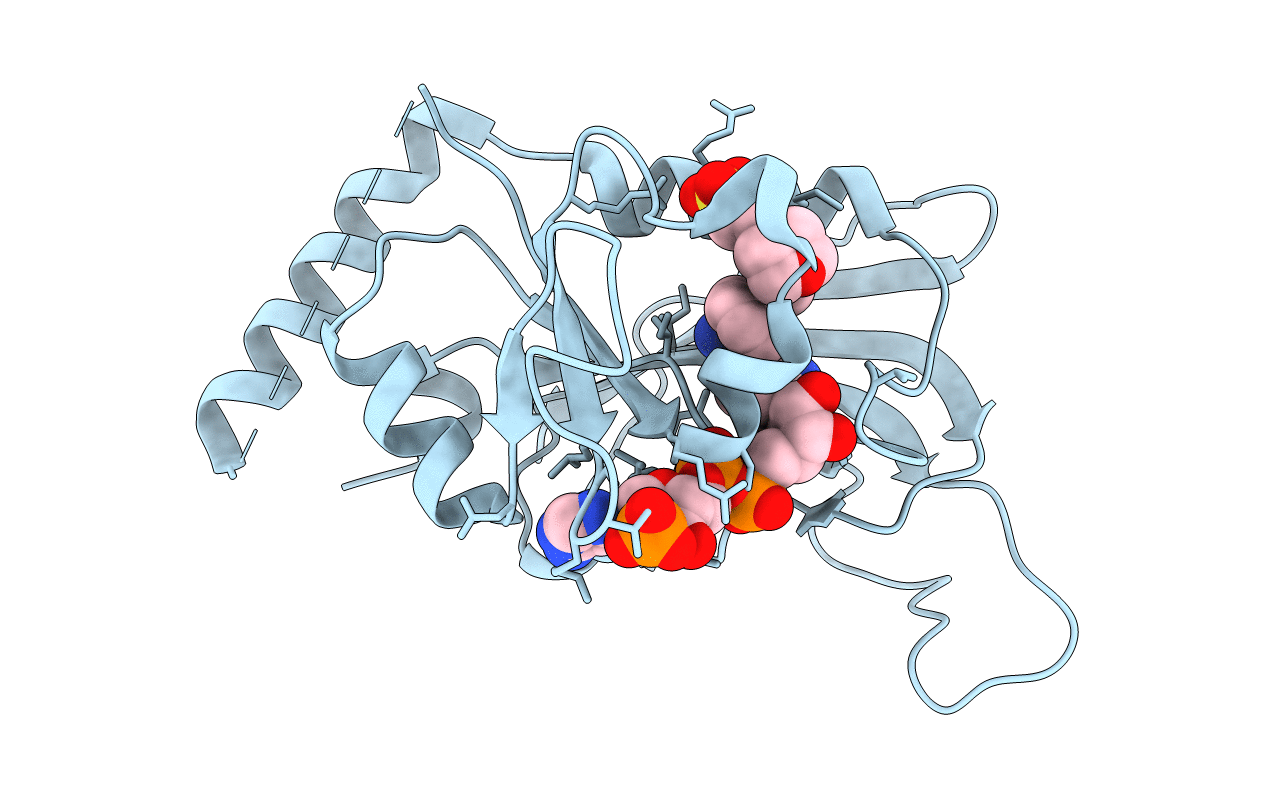
Deposition Date
2005-03-03
Release Date
2005-09-07
Last Version Date
2024-05-08
Entry Detail
PDB ID:
2BLC
Keywords:
Title:
SP21 double mutant P. vivax Dihydrofolate reductase in complex with des-chloropyrimethamine
Biological Source:
Source Organism:
PLASMODIUM VIVAX (Taxon ID: 5855)
Host Organism:
Method Details:
Experimental Method:
Resolution:
2.25 Å
R-Value Free:
0.28
R-Value Work:
0.21
R-Value Observed:
0.21
Space Group:
C 1 2 1


